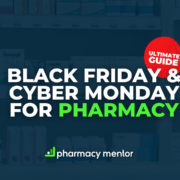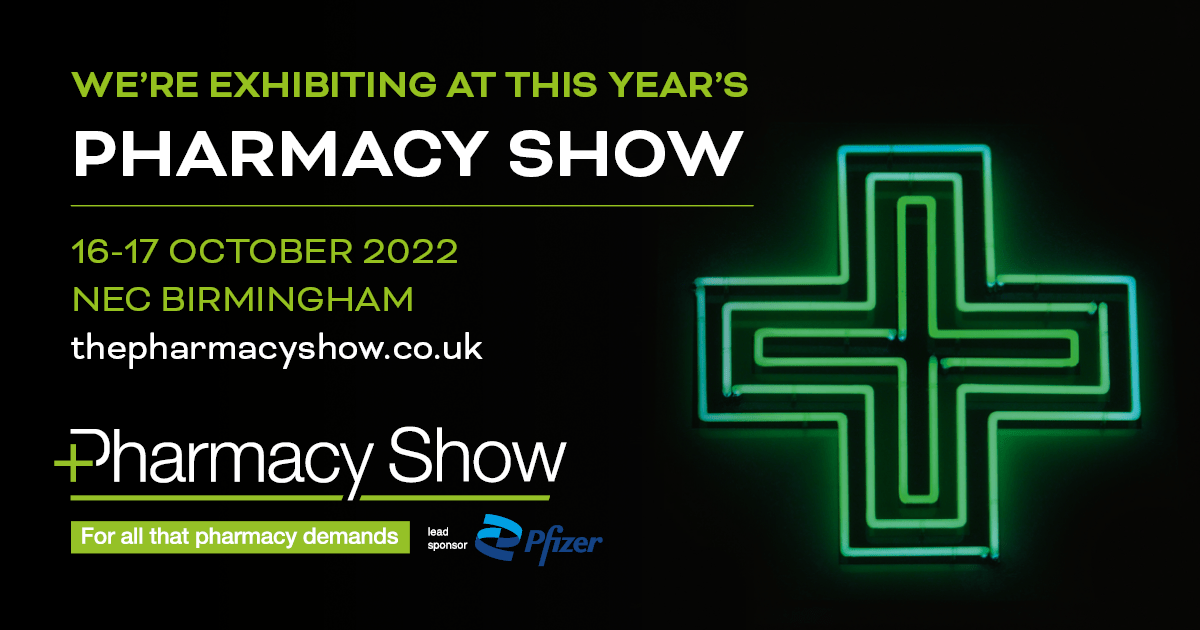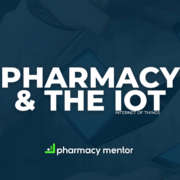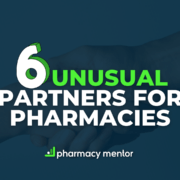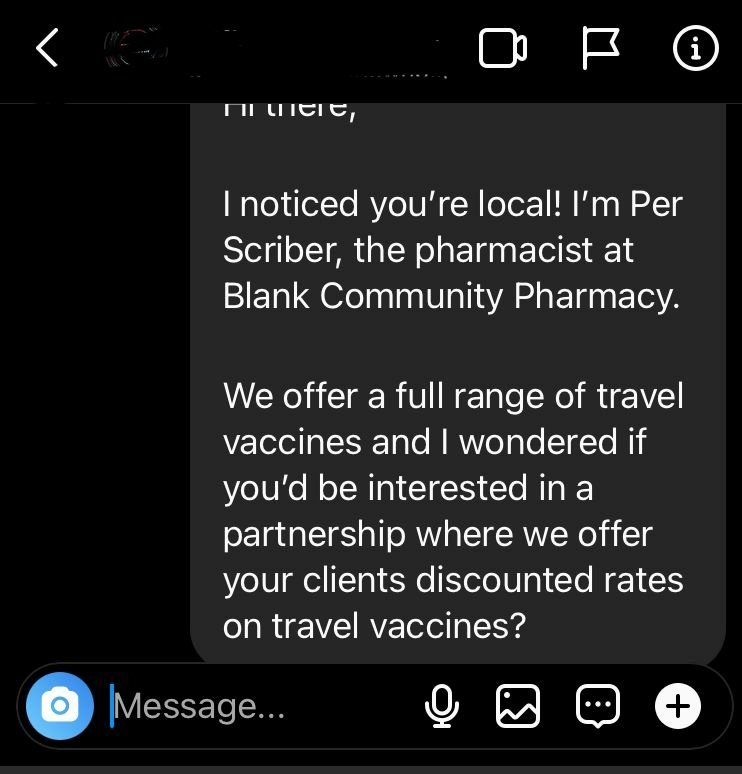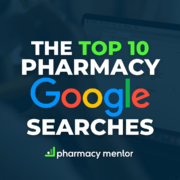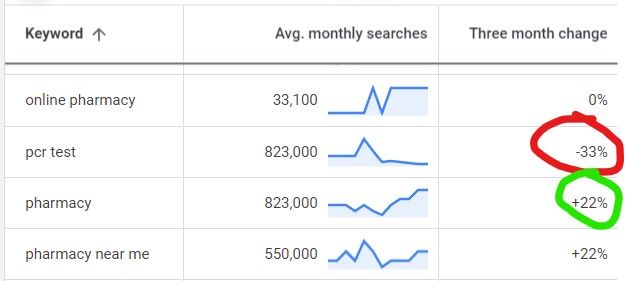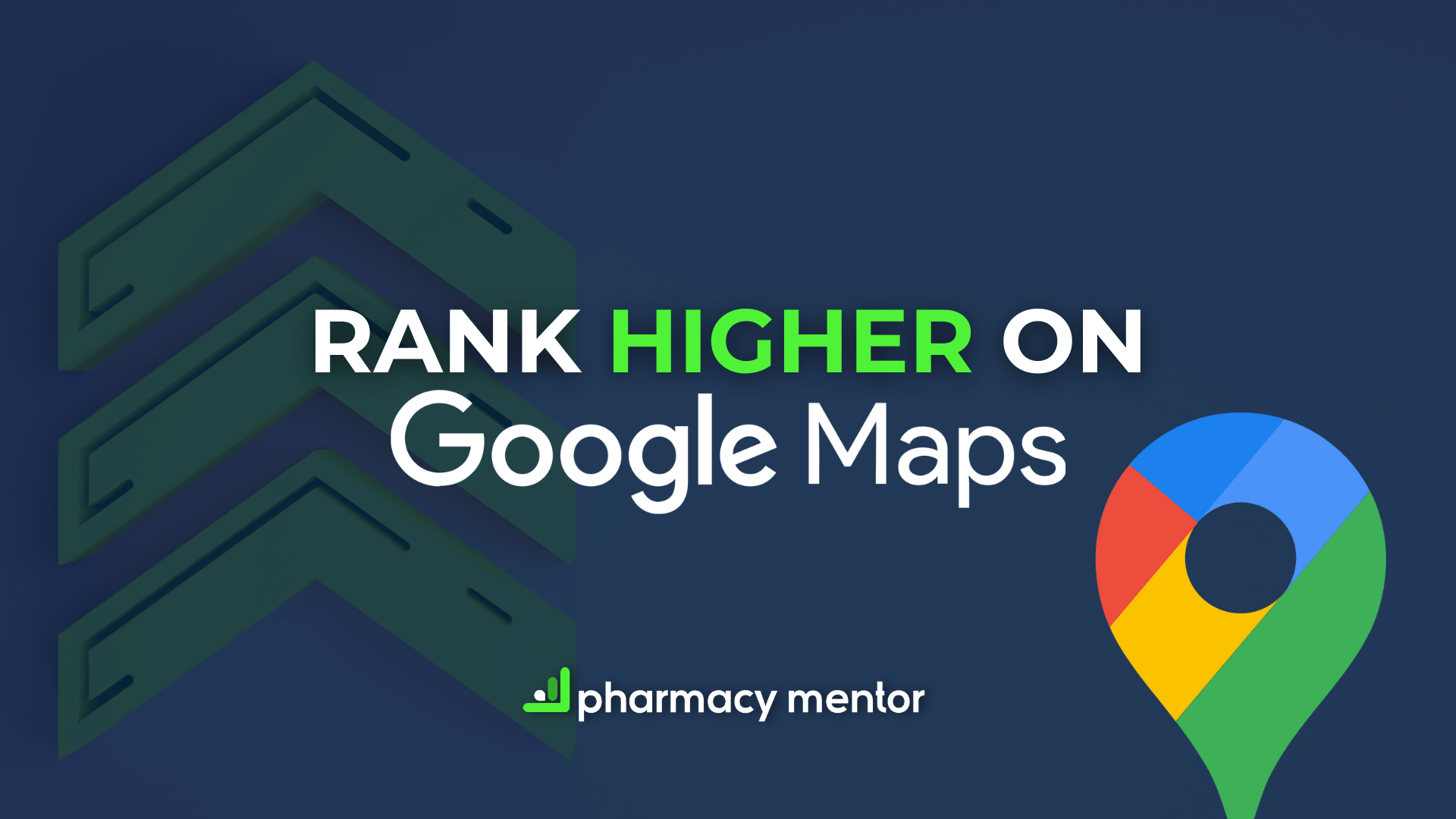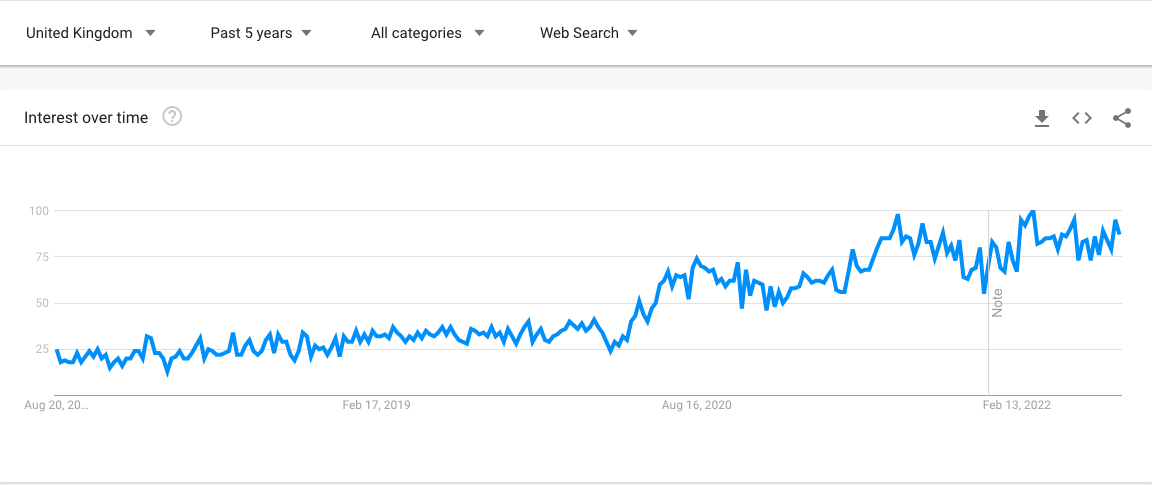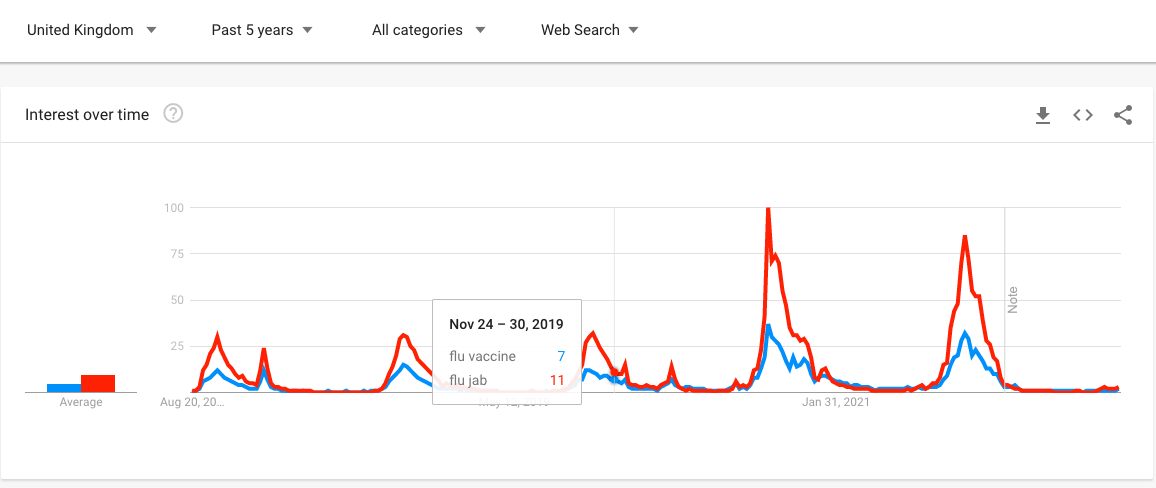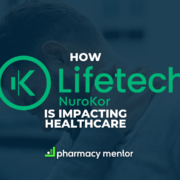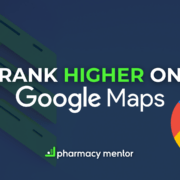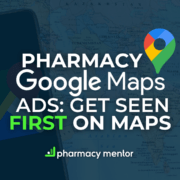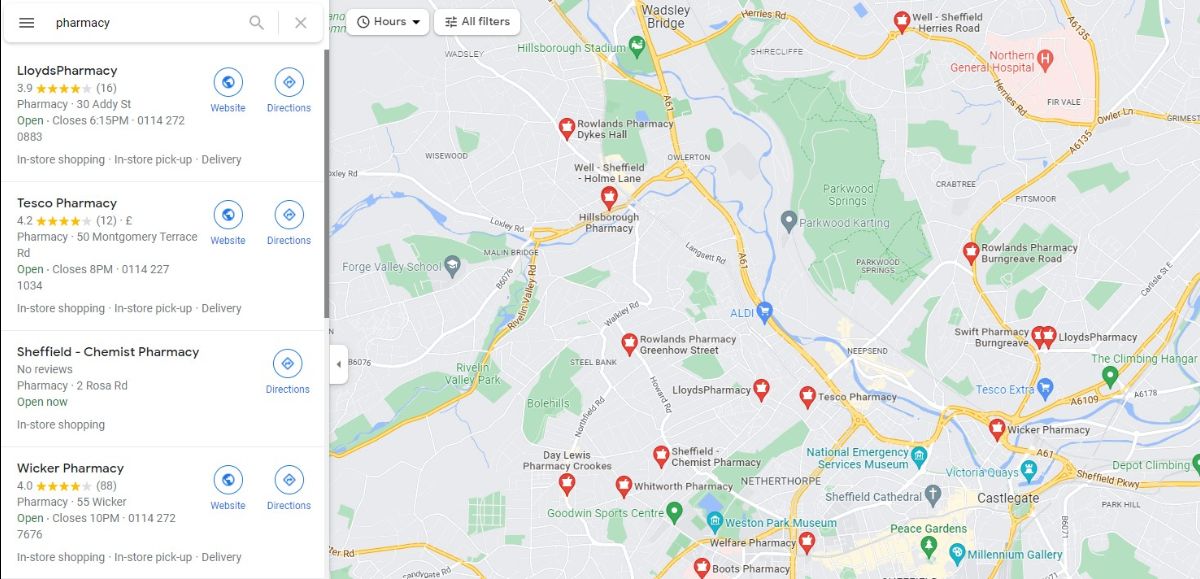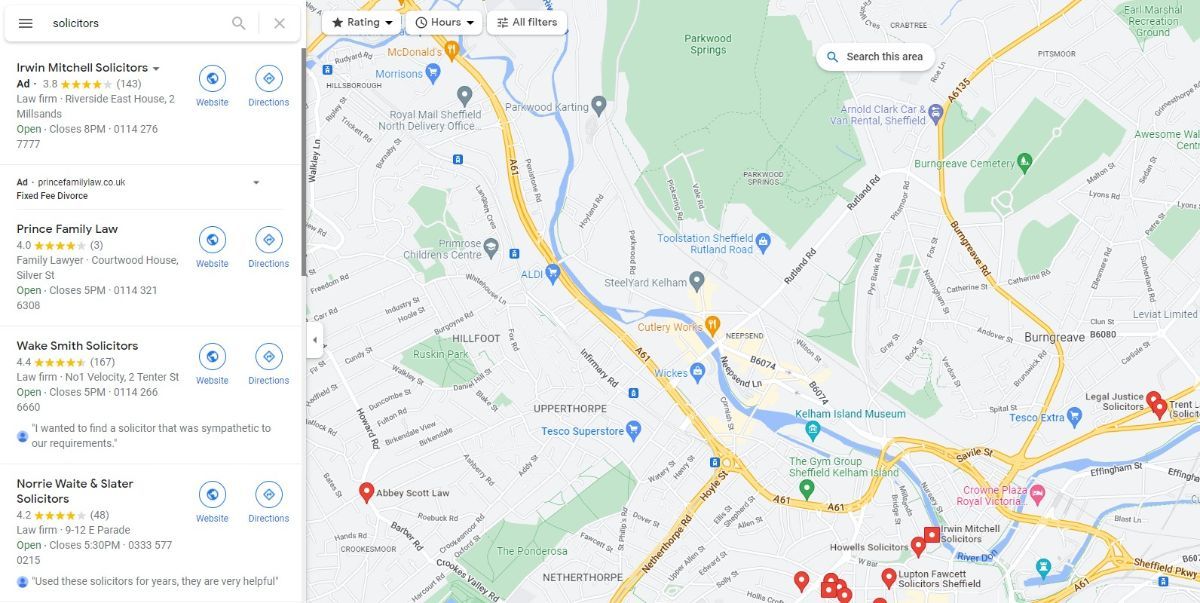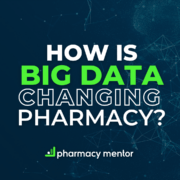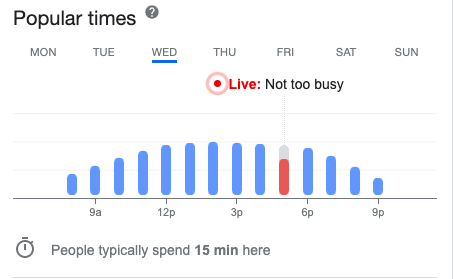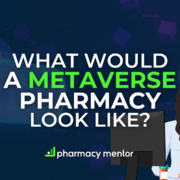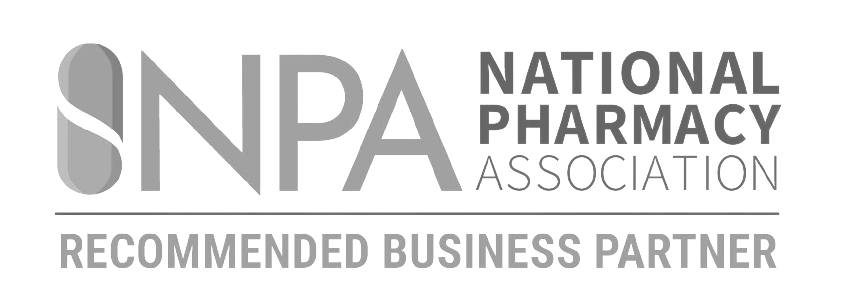Black Friday & Cyber Monday starts on the final Friday of November. This year, it will fall on 25th November. This guide shows you everything you need for making a massive boom in your pharmacy’s bottom line this Black Friday weekend.
What is Black Friday & Cyber Monday?
Black Friday & Cyber Monday are Red Letter Days when it comes to shopping. In recent times, they’ve been joined by “Small Business Saturdays,” where supporting local businesses is encouraged. But by and large, Black Friday & Cyber Monday are the attention grabbers.
Black Friday
Black Friday is a significant date because it’s the first weekend after the final payday before Christmas. The event pre-dated offers and promotions, and was simply a date where most people would conduct their Christmas shop.
Over time, that overwhelming volume of shoppers drove competition between businesses, who’ve steadily driven down prices in attempts to lure customers through their doors.
Cyber Monday
Cyber Monday is a more recent addition, created by retailers to encourage eCommerce spend and traditionally offers deals on smaller electronic goods and items. It is only really a thing because of Black Friday.
However, with the rise in prominence of eCommerce in recent years, Cyber Monday is actually bigger than Black Friday!
How much do people spend on Black Friday weekends?
The average UK consumer is predicted to spend £283 over the Black Friday weekend, a whopping 25% increase from last year, according to research from Emarsys.
“But there’s a Cost of Living crisis!” I hear you yelling in your brain at me. “Surely people will spend less?!”
It’s precisely because there’s an economic downturn that people will spend more on Black Friday.
With less money to spend, people want more bang for their proverbial buck. Saving 30% on your overall Christmas spend sounds far more attractive when you’re spending 70% more on heating your house.
So let’s get into how you and your pharmacy make Black Friday & Cyber Monday work for you.
1. Pick your promotions and choose your discounts carefully
Standing out on Black Friday is massively down to what your promotions are, and what they include.
Balancing that with remaining profitable is where the sweet spot in the Venn diagram is.
Offering 90% discounts gets you noticed, but leaves you out of pocket.
Offering 5% discounts keeps your margins high, but won’t attract loads of new business.
Figuring out the best promotions depends on what you offer as a pharmacy, who your local community are, and who your competitors are.
Be careful (read also: Don’t do this) around including things like Emergency Contraception in promotions. Boots did this and faced a lot of backlash, suggesting if they could afford to make the prices lower, they should do that permanently.
Luxury, cosmetic and retail items are your candidates. Urgent health necessities should be avoided.
The opportunity of Black Friday weekend is bigger than the weekend
And don’t forget that attracting new business generates more awareness for your pharmacy in the future. If you made a small loss on Black Friday weekend but gained hundreds of new patients going forwards, that’s potentially a worthwhile trade-off.
For example, offering a heavy discount on a new service, like Ear Health Clinics, gives people a reason to try your service instead of their regular provider. Blow them away with your service, and you become their new regular provider. Private healthcare services like this help you stand out on Black Friday, because most retailers cannot offer them, making it unique.
2. Utilise your Social Media platforms
A pharmacy’s social media followers have almost certainly visited the pharmacy before and enjoyed the experience. Why else would they follow you on Social Media?

It’s a no-brainer to promote your deals to your own community, those who trust you are your most likely visitors.
How much promotion is too much promotion? The 80/20 rule is a good rule of thumb. If 80% of your content is organic, community-based posts for your community, 20% can be promotional. If you post five times a day, one of these can be a Black Friday post. Five times a week? One of these can be a Black Friday post.
Please don’t post the same post over and over again. That’s how you lose followers.
Also, bear in mind you’re adding to a lot of Black Friday noise – try and stand out with your content as well as your offers.
3. Send Black Friday Promos to your Mailing List (if you have one!)
Emails are one of the best options for getting your promotions out to your community. Why? Because unlike with social media, you guarantee that the email is sent to the recipient. Yes, they may not check their emails, and yes they might not open your email, but it guarantees that chance.
Social media, unless your post has attracted a lot of engagement, may only be seen by 10% of your following.
Emails get sent to every single person on your mailing list.
Don’t have a mailing list for your pharmacy? Read, (or bookmark to read later) our complete guide to Email Marketing for Pharmacies.
Sending an email a week before your Black Friday deals, the day before, and on the day, makes sure you’re at the forefront of people’s minds when they’re thinking of the deals they can get.
So if you do have a mailing list, use it! (And if you don’t have one, get one!)
4. Beat your competitors’ Black Friday deals
Black Friday was borne out of competition for consumers’ attention, and it remains the tinder on which the money in consumer’s pockets burn.
Paying attention to your competition is critical.
After all, it doesn’t matter if you’re offering 20% off if a pharmacy across the road is offering 30% off everything. There’s loyalty to your pharmacy, but there’s also loyalty to one’s own bank accounts.
5. Don’t be afraid of spending money (especially promoting eCommerce offers!)
If you’ve got an eCommerce arm to your pharmacy business, capitalising on Cyber Monday is an option you shouldn’t overlook.
With the potential to make multiple thousands of pounds in retail sales, spending a couple of hundred pounds guaranteeing people find your website and products isn’t a bad idea.
With both Google Ads & Facebook Ads, your discounts and offers can be seen by thousands of people on a weekend where spending money is at the forefront of their minds.
If, because you’re a pharmacist and not a digital marketer, you want help managing digital advertising, we can help.
6. Feature your products in your promotions!
It isn’t enough to say 20% off everything in-store, especially when, as a pharmacy, you’ll have to put the dreaded asterisk* against everything* to exclude prescription medication.
When every retailer is offering these discounts, yours won’t stand out.
Feature and promote the products you believe generate the most excitement in your store, like NuroKor or Fitness trackers! Discounts on bigger ticket items are the most enticing reason people visit specific retailers.
So if you’re discounting them…feature them in your promotions!


